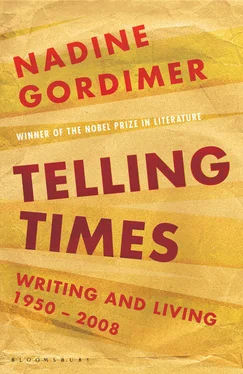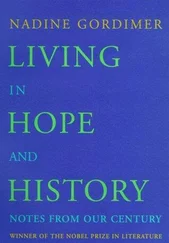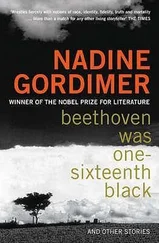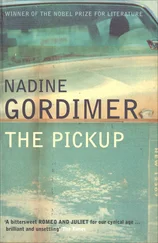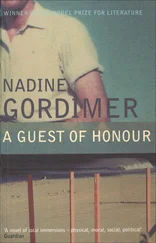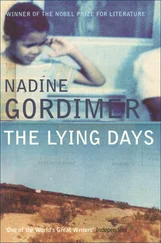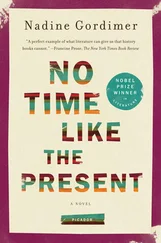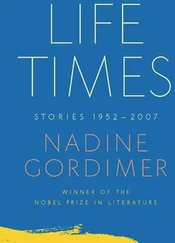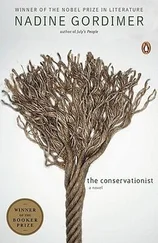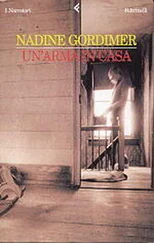The Altar is Chanfalla’s swindle
The brains are stained with ink
The doctors dispute in a den of thieves
The businessmen
Fast hands slow thoughts
officiate in the graveyard.
Out of every experience, remote as it might seem to be from inspiration for poetry or imaginative prose, he brought sensuous and intellectual creativity. Out of his formal stint in India came, later, in 1995, a remarkable collection of essays moving, from personal celebration of his days there, through an exploration of India’s art, literature, music and religions, to a comparison of Islamic, Hindu and Western civilisations in the course of world history.
He writes: ‘India did not enter me through my mind but through my senses.’
And yet he quotes an anonymous Indian poet who says:
Admire the art of the archer
he never touches the body and breaks the heart
The collection of essays in this late work is entitled In Light of India . In light of everything Octavio Paz wrote, all of us who read him receive his light.
And his was the art of the poet-archer, that goes straight to the heart and mind, where the centre of being is one.
1999
Itake it that we are excluding propaganda from our consideration of where and why art meets politics. Propaganda, in word and image, has its necessary justification in conditioning people to go to war, buy things, vote for political parties, but has nothing to do with originality, since it comes from the certainty of orthodoxies; is never a quest, an individual exploration.
Of course, the arts are many, and their expression of social issues springs to mind from Picasso’s Guernica via Goya as the apotheosis of wars, to — in film — Costa-Gavras’s and Semprun’s Z of the Greek colonels as the apotheosis of junta oppression, Schlöndorff’s Tin Drum as that of the social deformations, the dwarfing of humanity during Nazism, to Kusturica’s Underground and Neil Jordan’s The Crying Game as that of conflict which continues above ground, even today, and Spike Lee’s Do The Right Thing vision of racism in America.
As a writer, however, I naturally concentrate on our subject in relation to the art I myself practise and know best in the work of my fellow writers, dead and alive — literature.
First a look back at works in which most obviously art meets politics, on different levels and in differing ways. One should begin with the Bible, of course, both Old Testament and New; the lyrical source-books of politics secular — the politics of tribal succession — and politics religious — the power struggles for the soul, between human beings and God. Then I pass over the centuries, the ancient Greeks and Dante, to Uncle Tom’s Cabin and Cry, The Beloved Country . These last two show how a sentimental story can be an effective form of expression of a social issue, since, a century apart, Harriet Beecher Stowe’s Uncle Tom and Alan Paton’s Reverend Kumalo brought the issues of slavery and racism into the consciousness of millions of readers who might not have admitted these if presented any other way.
Ralph Ellison and James Baldwin despised sentiment as inadequate to express the realities of race prejudice, revealing the black persona as the one of whom Nobody Knows My Name , the ‘Invisible Man’ rejected by whites.
Joseph Roth used the picaresque mode to epitomise patriotic hubris and the end of the Austro-Hungarian Empire with the von Trotta generations in The Radetzky March .
Malraux gave expression to the mood of Days of Hope in the doomed early resistance to fascism in the Spanish Civil War, while Hemingway proposed the sexual stimulus of war as a social phenomenon — the earth moved by orgasm rather than by bombs.
Thomas Mann used the snowy isolation of the very place we find ourselves in today — Davos — to signify the complacency of a Europe skiing towards disaster, from which to pitch his anti-hero, Hans Castorp, into the ‘universal feast of Death’ which Mann saw as the 1914 war.
Milan Kundera took his art from a Communist regime that turned the writer into window-washer, away to the labyrinth of exile, returning always upon itself in the sense that Life Is Elsewhere , and Ariel Dorfman, also from exile, writing Death and the Maiden , revealed the social situation of a woman in the reconciliation of an emerging democracy, confronted with her former torturer as house-guest. I myself sought understanding for self and others through writing of the predetermination of a father’s political faith on the life of the next generation, in my novel Burger’s Daughter , and lately, with The House Gun explored the social significance of a crime passionnel in the world climate of urban violence we live in now. Jorge Semprun is one who has interiorised the social and ideological conflicts of our time as autobiography in the valediction Adieu, vive clarté .
Why have these writers, and many others, taken on themselves the meeting of art with socio-politics?
We are fatally linked to the political and social consequences of whatever our society, our country, that country’s politics, may be, and further, to the flux and reflux of the globalisation we are beginning to live through. That is why original expression is inexorably linked to politics. It is, as Kafka wrote, ‘a leap out of murderers’ row, it is a seeing of what is really taking place’. 84
The next question is what is the effect of the writer’s original expression of social issues on the individual consciousness of society? I am told that one of the criteria for the Nobel Prize in Literature, apart from the quality of the means of expression, is that the works of the writer should be of ‘benefit to mankind’. The way in which art’s original expression of social and political issues is of benefit to mankind lies surely in the engagement of the artist with these issues at his or her deepest level of independent, searching understanding, the ability of the creative imagination to mine for the unexpressed in human motivation, the unadmitted, the necessary insights that the facts can never reveal.
Now this is not to deny that writers themselves have been and are hotly divided on whether or not art should be involved with an imperative of political and social issues. Proust judged that such issues as ‘whether the Dreyfus affair or the war’ simply ‘furnished excuses to the writers for not deciphering … that book within them’. 85The Marxist critic, Ernst Fischer, cuttingly pronounced, ‘The feature common to all significant artists and writers in the capitalist world is their inability to come to terms with the social reality that surrounds them.’ 86Picasso — never at a loss for words: ‘What do you think an artist is? An imbecile who has nothing but eyes if he is a painter, or ears if he is a musician, or a lyre at every level of his heart if he is a poet … Quite the contrary, he is at the same time a political being, constantly aware of what goes on in the world, whether it be harrowing, bitter or sweet, and he cannot help being shaped by it … painting is not interior decoration. It is an instrument of war for attack and defense against the enemy.’ 87While Flaubert complains: ‘I have always tried to live in an ivory tower, but a tide of shit is beating at its walls, threatening to undermine it … it’s not a question of politics but of the mental state of France.’ 88
George Steiner, speaking of writing under totalitarian rule, calls for the writer to stop writing ‘a few miles down the road from the death camp … when the words in the city are full of savagery and lies, nothing speaks louder than the unwritten poem’. 89But hear Neruda: ‘Can poetry serve our fellow men? Can it find a place in man’s struggles? … I felt a pressing need to write a central poem that would bring together the historical events, the geographical situations, the life … of our peoples.’ 90And Rilke, looking at a Cézanne painting, exclaims: ‘Suddenly one has the right eyes’, 91and Kundera sees writers and artists as vital witnesses of the twentieth century as an age marked by tyranny, saying: ‘People regard those days as an era of political trials, persecutions, forbidden books and legalised murder. But we who remember must bear witness; it was not only an epoch of terror, but also an epoch of lyricism, ruled hand in hand by the hangman and the poet.’ 92
Читать дальше
